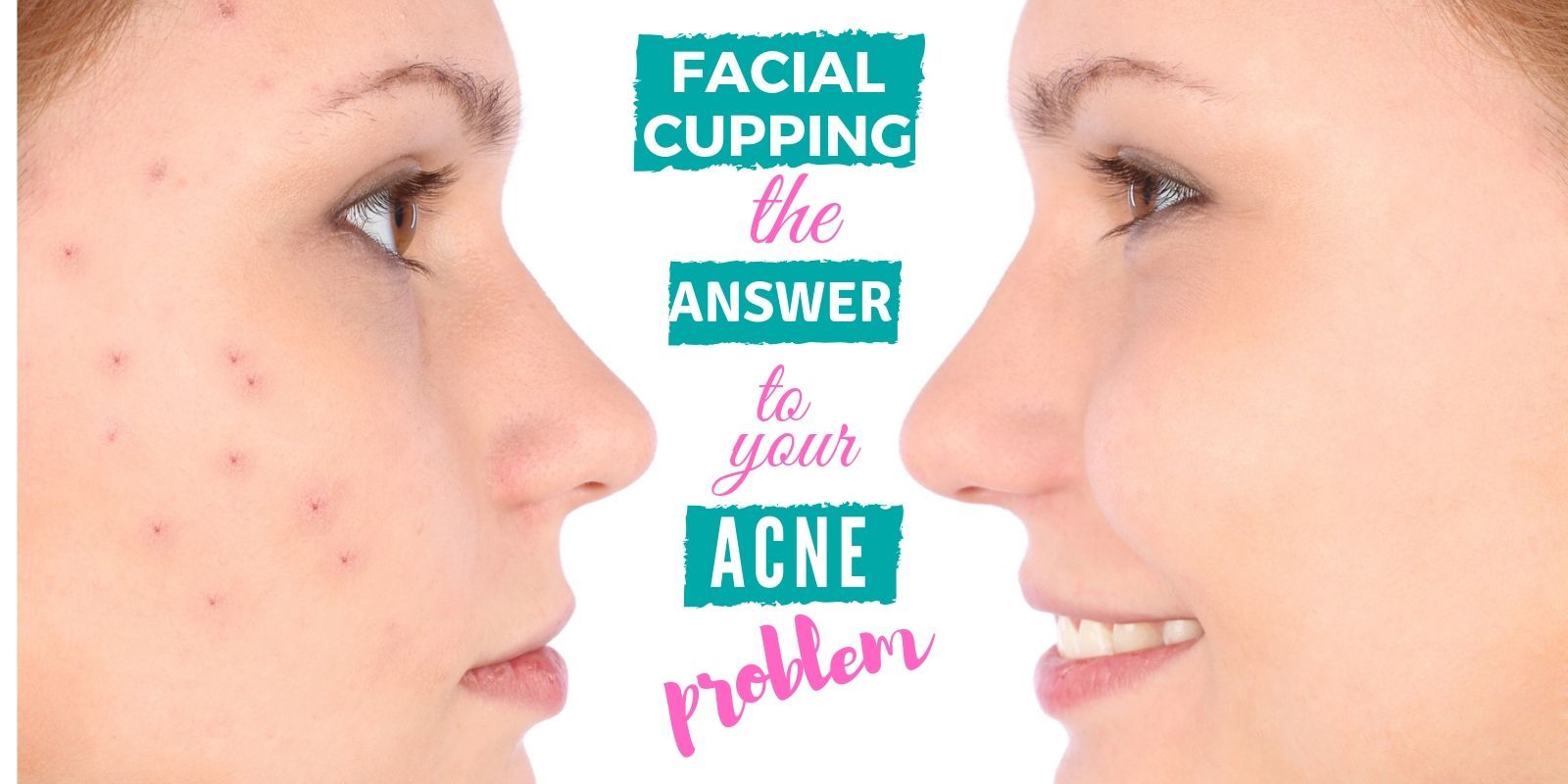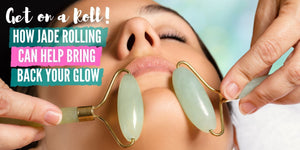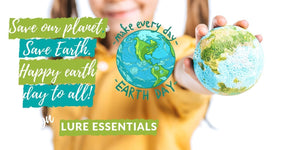Acne is the great equalizer—most of us have been struck by angry skin at one time or another, and the people who manage to live their entire lives blemish-free are few and far between. Flareups that start in adolescence don’t always end there, and a great many people carry the burden of acne into adulthood. While there are tons of options for treatment, it can be an uphill battle with many additional bumps along the way.
- Dry, flaky skin
- Lingering redness
- Scars
- Discoloration
Many people turn to oral medication to help fight acne from the inside out, but those can also come with side-effects. Truth be told, there are not a great deal of natural remedies effective at banishing acne or dealing with the problems it leaves behind. In this blog we’ve talked a lot about how cupping can help you plump the skin, reduce signs of aging, and put a glow in your cheeks, but what you may not know is that cupping can also be a great tool for fighting acne-ravaged skin.
What is acne?
No one really knows why acne hits some people and not others, or why it’s sometimes an adolescent woe and other times a lifelong battle. What we do know is that there are some factors that can cause acne to worsen, such as hormone changes, certain types of medication, diet, stress, and bacteria. Acne can be ‘superficial’ i.e. whiteheads and pustules close to the surface of the skin, or deeper, such as in cases of cystic acne, which can be extremely difficult to treat and leave significant scarring and discoloration.
While acne is never a ‘dangerous’ condition, per se, for sufferers it can take a tremendous mental toll. Everyone wants to put their best face forward, and when you are dealing with acne, daily life can become emotionally painful.
How can cupping help?
Facial cupping can help acne sufferers in much the same way it can improve aging skin. At its core, facial cupping is an excellent tool for improving blood flow and circulation under the skin, pulling fresh blood to the surface, and expelling toxins. When you’re fighting acne, that last one is important. By ridding the skin of toxins, you’re encouraging cell turnover and that means clearer, fresher skin.
In addition, facial cupping allows for greater permeation of the skin, meaning that products used specifically to fight acne will be better absorbed and more effective.
When you have inflammation from acne, there may be invisible issues that are contributing to the severity of your breakouts. A major one could be a lack of efficient blood flow beneath the skin. Where there is inflammation you could see ‘clogs’ or areas where blood and fluids are not circulating properly, which is a recipe for red, angry skin. Once you are able to break up those areas of congestion and get blood flowing smoothly, you’ll start to see an improvement in the overall look and feel of your skin.
If red spots are in your past, but you’re still dealing with acne scars and discoloration, there’s more good news—cupping is a great treatment for evening out your overall skin tone and smoothing the surface.
How do I get started?
Finding the right cupping therapy is the only way to start the process, and kits such as Glam and Bliss have all the ingredients you’ll need to start fighting your acne naturally at home. These will give you the flexibility to fit facial cupping into your schedule, monitor your progress, and adjust your regime as needed.
Facial cups are different than cups for the body. They’re smaller and specifically designed to fit the contours of your face—still, they pack a punch, so it’s important to be sure that you’re using them correctly.
- Never cup over broken or severely inflamed skin.
- Keep it moving! Facial cupping should be done with smooth, sweeping movements. Don’t let the cup rest on one area or you could risk a cupping ‘kiss’.
- Be mindful of oil. The most effective way to get a good facial cupping session is with the addition of a facial cream or oil, but that could be harmful to acne-prone skin. Always read labels and choose something that is non-comedogenic and won’t clog pores. Another option is to create a mixture of oils to tackle your specific skincare needs. Castor oil is not only cleansing, it’s drying, which can be helpful if your skin is super-slick. Mix it with a moisturizing oil that won’t irritate acne-prone skin, such as sweet almond oil. A few drops of tea-tree oil is a great addition as well—tea-tree oil is natural acne fighter, but too much can irritate the skin, so use a light hand.
Acne is a formidable enemy, but you can fight back! If you’re looking for a new way to soothe your skin and put the bumps behind you, cupping therapy may just be the weapon you need.








